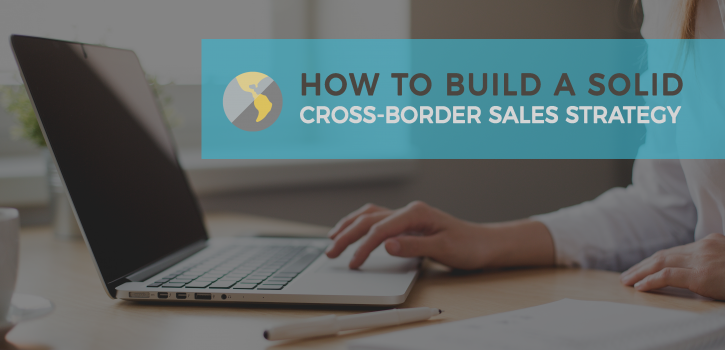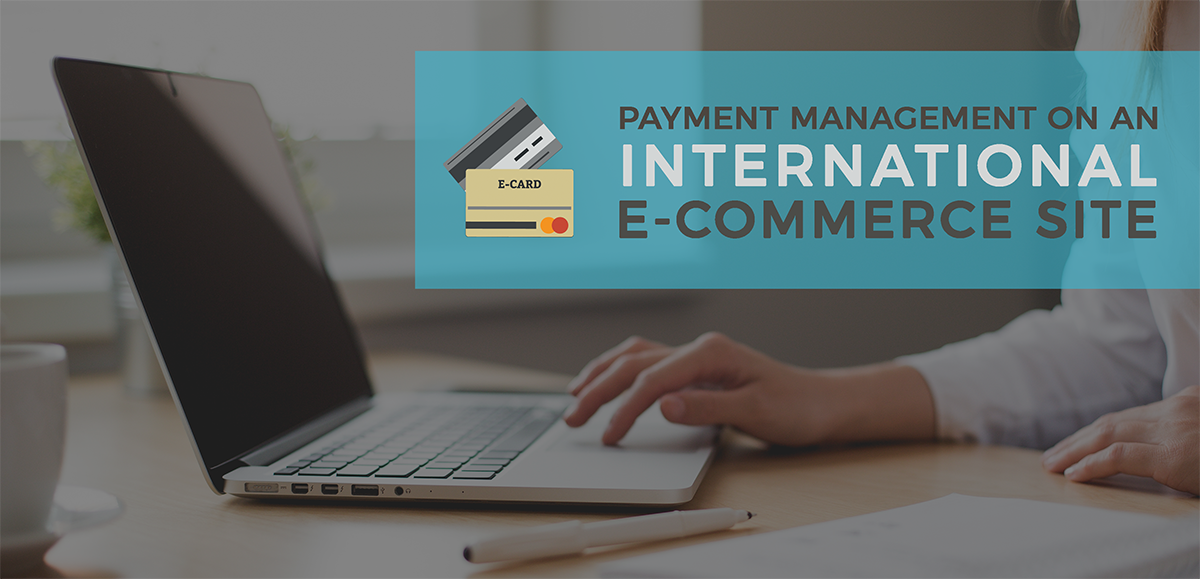Why do consumers buy outside of the borders of their countries?
Global online shoppers usually buy from foreign countries to find better product availability and prices. As they shop online from these international websites, they expect the same services that they receive from local businesses.
According to this study, businesses should focus on making a deep analysis of their target markets in order to offer the right product mix at a fair price.

There are also a variety of barriers, both physical and psychological, that consumers face when shopping online abroad. Online retailers need to carefully manage these issues and adapt their offering to the needs of their international consumers.

According to this study, businesses should focus on reassuring their customers about delivery, by being as transparent as possible about shipping times and costs as well as return policies.
1. First step: identifying the audience
The market potential
Before creating a strategy or a plan, it is vital to select the right market(s) for international expansion. Rather than spreading themselves too thin over a variety of regions, it is best for online retailers to optimise their resources and target a few select markets with the highest business growth potential.
Questions to consider:
- Are there existing international customers? If so, where do they come from?
- Is there a demand for the products in this new market?
- Who are the local competitors? How many and how strong are they?
- Is the retailer already known in the market? If not, what communication and acquisition channels can be used to quickly gain customers and test the market?
In some cases, it may be necessary to create a need among potential customers if the type of product is new to them. While quite a challenging task, being in this type of position can present big opportunities and put online retailers at a significant advantage given the right momentum. This is how Rocket Internet managed to become an ecommerce leader in Europe and emerging markets, just by moving faster than US startups with the same product or business model.
Positioning Differences Between Markets
When entering a new market, it is important to establish a position in terms of value and pricing. In some cases, a different position than in the home market may need to be taken. For example, pasta producer Barilla is known as high end in France, while in its home country of Italy it is seen as low end.
2. Identifying the right marketing channels
General or specialised, marketplaces are becoming essential in the current cross-border ecommerce landscape. In fact, sales on marketplaces represent 21% of the 40 biggest French online retailers’ turnover.
The strong traffic that marketplaces attract offer a real opportunity for online retailers to boost their bottom lines. The relative ease of setting up on a marketplace lets online retailers gain visibility in a foreign market without investing too much time or money. According to a recent study by Forrester Consulting, 82% of the world’s consumers have already shopped for products abroad, but for the most part they prefer to buy on global marketplaces with strong reputations.
Despite having stringent requirements, these platforms offer the possibility for retailers to reach millions of potential clients. Amongst the most popular marketplaces, you can find pure players like Amazon or Ebay, as well as click and mortar like La FNAC, Tesco or El Corte Inglès.
Marketplaces offer retailers strategic and financial advantages by allowing them their first steps in foreign countries. They allow online retailers to position their products in new markets, get familiar with their target countries’ trends and habits and test their offer while limiting the risks. Even with occasionally high delivery costs, this remains a profitable option as it allows retailers to get to know the market before committing to developing their business there.
One of the main reasons that retailers join marketplaces is because of their attractive business models. Most marketplaces charge €30 to €50 per month to join, and then a commission on sales that varies from 2.5% to 30% depending on the number of sales and product categories. Unlike price comparison sites, marketplaces don’t charge a few cents every time shoppers are referred to merchant sites and instead charge only when a sale is made.

Niche marketplaces are dominant in several national markets across Europe, such as Asos in the UK and Zalando or Otto in Germany. In Spain BuyVIP and Privalia are popular; however, Amazon and eBay remain the most dominant marketplaces in this country. In France, marketplaces have a particularly important role with sites like RueDuCommerce, Cdiscount, FNAC, La Redoute and PriceMinister (Rakuten) are leaders alongside Amazon.
In fact, data from FEVAD and Mediametrie shows that 9 out of the top 15 ecommerce sites visited by French shoppers are marketplaces!
Global and general marketplaces in Europe:

Some specialised and local marketplaces in Europe:

A good strategy is to start with global marketplaces in order to test different products in several markets. After this, online stores can try to be more selective and choose a vertical marketplace to sell in a specific country to focus on their audience.
3. Going local
When going global, it is vital to appear as local as possible in order to truly connect with a local audience. A recent study by Common Sense Advisory showed that 60% of Europeans won’t shop from websites that are not in their native language. In fact, not localizing your communications can have a severe impact on your sales, as a report by Statista shows that 13% of consumers will abandon their shopping carts if the price is displayed in a foreign currency. The first step to adapting your website and other communications for your target market(s) is to translate everything into their native language.
Check out all of our advice in the ultimate guide to online cross-border sales in Europe, created in partnership with Lengow!







